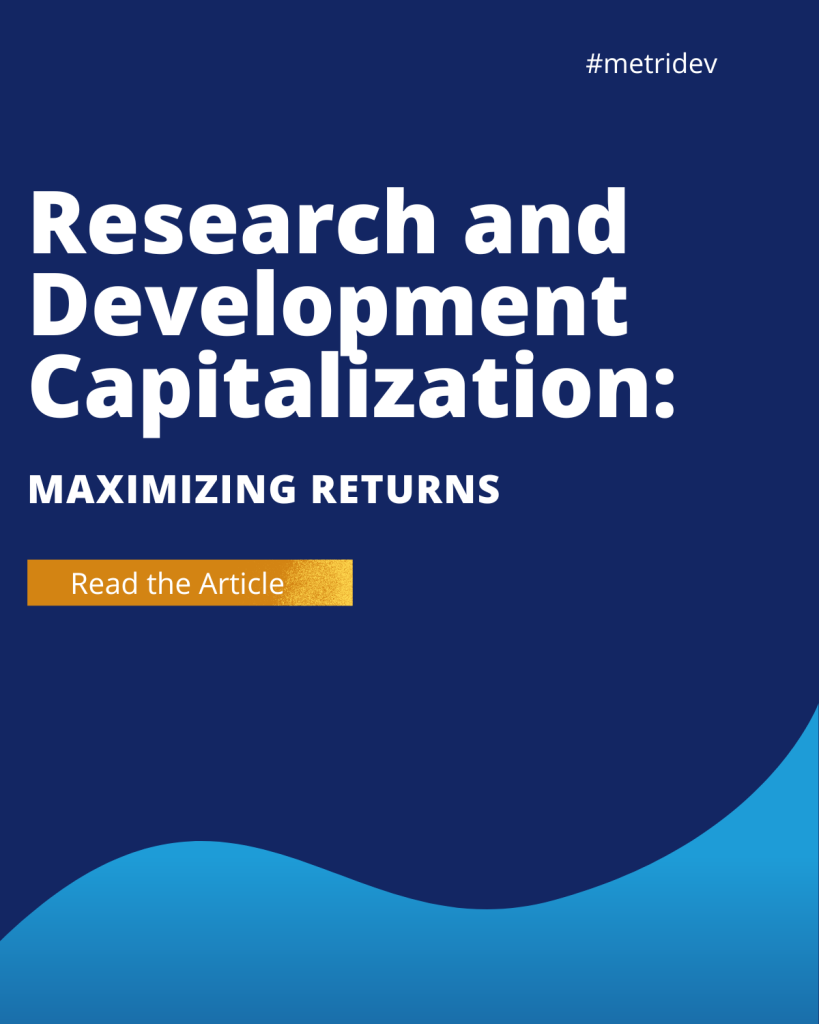Introduction
In today’s competitive business landscape, organizations are constantly seeking ways to improve their operational efficiency and drive success. One highly effective approach to achieving these goals is through value stream analysis. This article will delve into the concept of value stream analysis, its purpose, key steps involved, and the benefits it offers to businesses.
What is a Value Stream Analysis?
Value stream analysis is a systematic examination and evaluation of the processes and activities within an organization that contribute to the creation and delivery of value to customers. Moreover, it entails mapping out the entire value stream, from the initial raw materials to the end product or service, while identifying areas for improvement. Through the analysis of the flow of value across various processes, organizations can effectively identify bottlenecks, inefficiencies, and areas of waste, thus enabling them to optimize their operations.
What is the Purpose of Value Stream Analysis?
The primary purpose of value stream analysis is to eliminate waste and enhance overall efficiency within a business. It allows organizations to gain a comprehensive understanding of their current state value stream, including both the value-adding and non-value-adding activities. By identifying and eliminating non-value-adding activities, organizations can streamline their processes, reduce costs, and improve customer satisfaction. Value stream analysis also facilitates the identification of areas for improvement, enabling organizations to develop a future state value stream that is leaner and more efficient.
Benefits of Value Stream Analysis
Value stream analysis offers numerous benefits to businesses, making it a valuable tool for achieving operational excellence. Firstly, it helps organizations identify and eliminate waste, which can lead to significant cost savings. By streamlining processes and reducing unnecessary steps, organizations can increase productivity and reduce operating costs. Secondly, value stream analysis enables organizations to improve lead times and delivery speed, resulting in enhanced customer satisfaction. By identifying bottlenecks and areas of inefficiency, organizations can implement changes that lead to faster and more reliable delivery of products or services. Lastly, value stream analysis promotes a culture of continuous improvement within organizations. By regularly evaluating and optimizing their value streams, businesses can achieve sustainable growth and maintain a competitive edge.
Key Steps in Conducting a Value Stream Analysis
To conduct a value stream analysis effectively, organizations should follow a structured approach. Here are the key steps involved in the process:
Understanding the Concept of Value Stream Mapping
Value stream mapping is a crucial aspect of value stream analysis. This process involves creating a visual representation of the entire value stream, encompassing all processes, activities, and resources involved. Furthermore, value stream mapping aids organizations in gaining a holistic view of their operations and identifying areas for improvement. Additionally, it enables them to perceive the flow of value, information, and materials, facilitating an understanding of how various processes interact with each other.

What are the 4 Steps of Value Stream Mapping?
Value stream mapping typically consists of four steps. Initially, the process entails identifying and mapping the current state value stream, where existing processes, activities, and flows within the organization are documented. Subsequently, the focus shifts to analyzing the current state value stream, pinpointing areas of waste, bottlenecks, and inefficiencies. Following this assessment, the next step involves developing a future state value stream map, portraying the envisioned ideal state of the value stream post-improvements. Finally, the implementation of changes commences, accompanied by the measurement of their impact on the value stream.
Gathering Data for Value Stream Mapping
To conduct an accurate value stream analysis, organizations need to gather relevant data. This includes information about process times, lead times, cycle times, inventory levels, and customer demand. Gathering this data enables organizations to identify areas of waste, inefficiency, and bottlenecks accurately. It also provides a basis for measuring the impact of changes made during the improvement phase.
What is an Example of Value Stream Mapping?
An example of value stream mapping could be a manufacturing organization that produces electronic devices. The value stream map would include all the processes involved in transforming raw materials into finished products, such as procurement, assembly, testing, and packaging. By mapping out the entire value stream, the organization can identify areas for improvement, such as reducing setup times, improving material flow, or streamlining the testing process. This enables the organization to eliminate waste, reduce lead times, and improve overall operational efficiency.
What are Three Benefits of the Value Stream Mapping Process?
The value stream mapping process offers several benefits to organizations. Firstly, it helps identify and eliminate waste, including unnecessary steps, redundant activities, and inefficient processes. This leads to cost savings and improved productivity. Secondly, value stream mapping enables organizations to visualize the flow of value through their processes, making it easier to identify bottlenecks and areas of inefficiency. By addressing these bottlenecks, organizations can improve lead times and delivery speed. Lastly, value stream mapping promotes collaboration and communication within organizations. By involving employees from various departments in the mapping process, organizations can foster a culture of continuous improvement and drive innovation.
Analyzing the Current State of Your Value Stream
Once the value stream has been mapped, the next step is to analyze the current state. This involves examining the flow of value through the various processes and identifying areas of waste, bottlenecks, and inefficiencies. Analyzing the current state value stream provides organizations with a clear understanding of their existing operational challenges and opportunities for improvement. It helps organizations prioritize their improvement. Also to give precedence to efforts and focus on areas that will have the most significant impact on their efficiency.
Identifying Areas for Improvement in Your Value Stream
Following the analysis of the current state value stream, organizations can proceed to identify areas for improvement. This entails pinpointing specific processes, activities, or resources that contribute to waste, bottlenecks, or inefficiencies. By pinpointing these areas, organizations can then develop targeted improvement strategies aimed at addressing the root causes of the issues. Such strategies may involve implementing lean manufacturing principles, reorganizing workflows, or investing in new technologies. Ultimately, the objective is to optimize the value stream and cultivate a more efficient and streamlined operational environment.
Developing a Future State Value Stream Map
Once areas for improvement have been identified, organizations can develop a future state value stream map. This map represents the ideal state of the value stream after implementing the proposed changes and improvements. The future state value stream map provides a visual roadmap for organizations to follow as they work towards optimizing their operations. It outlines the desired flow of value, information, and materials and serves as a guide for implementing the necessary changes.
Implementing Changes and Measuring the Impact
After developing the future state value stream map, the next step is to implement the proposed changes and improvements. This may involve redesigning processes, reconfiguring layouts, training employees, or adopting new technologies. It is crucial to involve all relevant stakeholders and ensure effective communication throughout the implementation phase. Once the changes have been implemented, it is essential to measure their impact on the value stream. This involves evaluating key performance indicators (KPIs) such as cycle times, lead times, productivity, and customer satisfaction. By measuring the impact, organizations can assess the effectiveness of the implemented changes and make further adjustments if necessary.
Some Tools and Software
There are various tools and software available to assist organizations in conducting value stream analysis. These tools help streamline the mapping and analysis process, making it easier to identify areas for improvement and track the impact of changes. Some popular tools include value stream mapping software, process mapping software, and statistical analysis software. Additionally, organizations can also utilize lean manufacturing principles and techniques such as 5S, Kanban, and Kaizen to enhance their value stream analysis efforts.
Conclusion
Value stream analysis is a powerful approach for optimizing business operations and driving success. By conducting a thorough examination of the value stream and identifying areas for improvement, organizations can streamline their processes, reduce costs, and improve customer satisfaction. The key steps involved in value stream analysis include understanding the concept of value stream mapping, gathering data, analyzing the current state, identifying areas for improvement, developing a future state value stream map, and implementing changes. By following these steps and utilizing the right tools and software, organizations can achieve operational excellence and position themselves for long term success.
Optimize your business for success with value stream analysis. Read our article about Internal Use Software: Streamline Your Business Operations to learn more about how you can transform your organization.









Leave a Reply